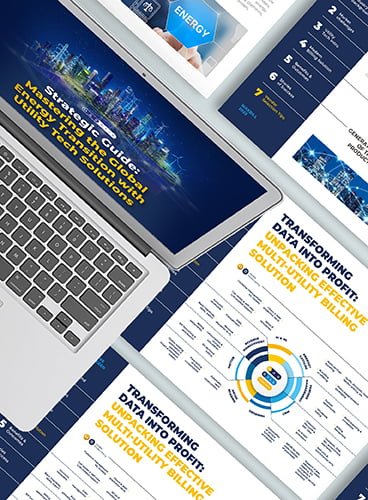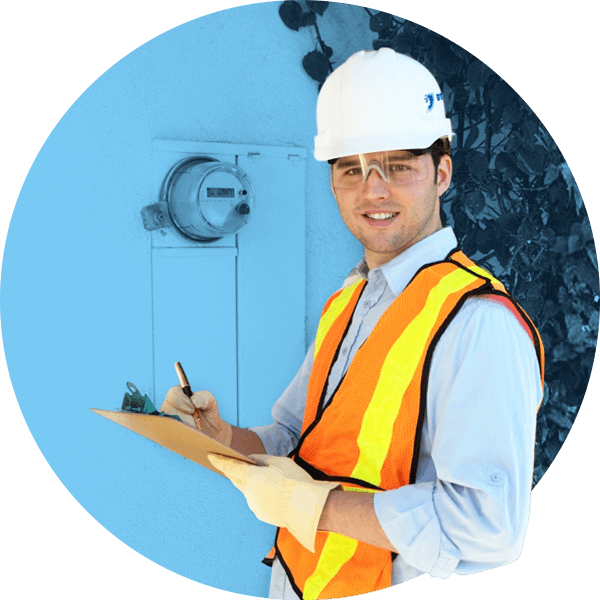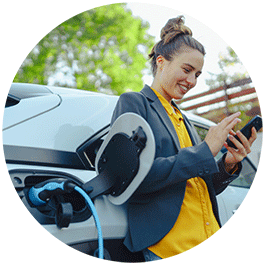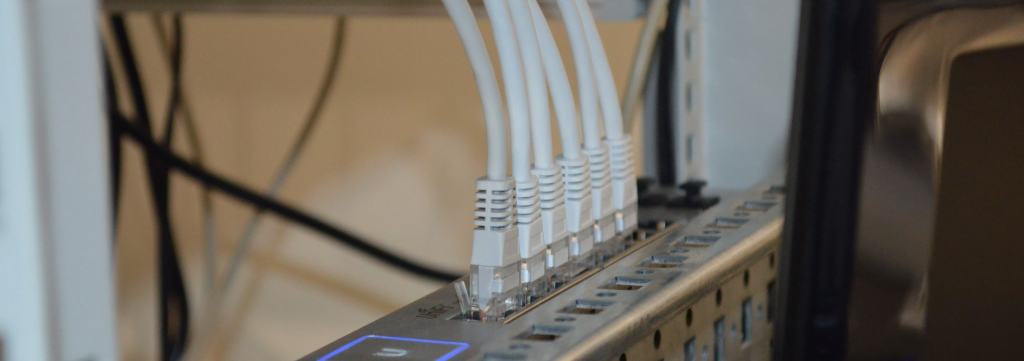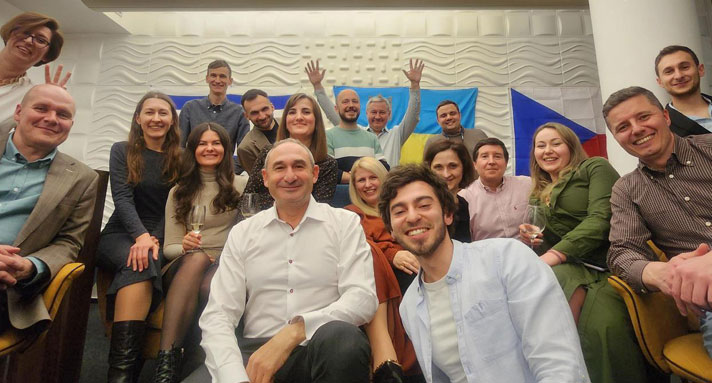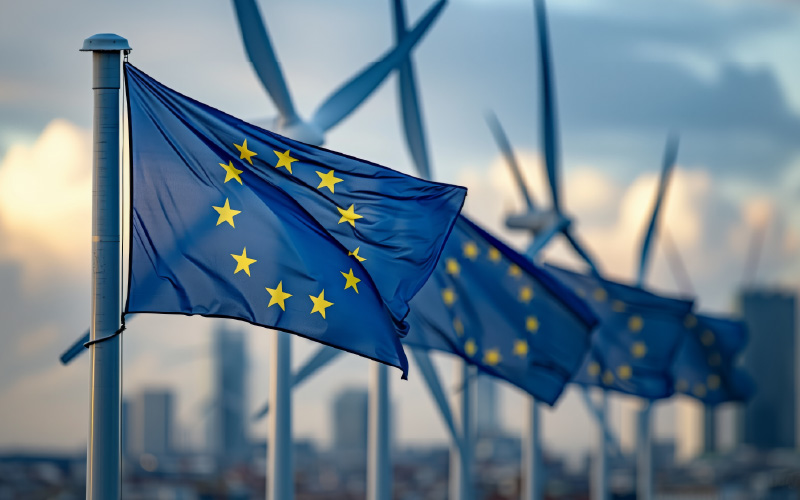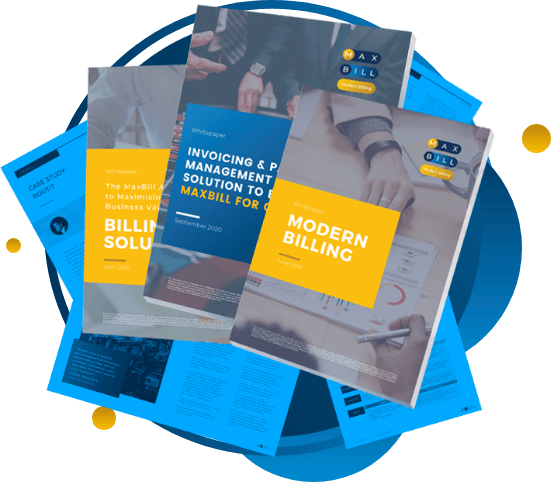In 2021, consumers have more power than even a year ago. Businesses are still recovering from the economic downturn, internet is full of options and information to consider, and the trend of “slowing down” is getting more popular by the day, prompting people to think more carefully before purchasing anything. When customers become the center of attention, the best way for companies to shine in the oversaturated market is to create excellent customer experience.
Providing such an experience includes giving users a level of control over their own services. CGS, a global applications, learning and outsourcing provider, proves, that consumers would like to have the opportunity to handle more tasks by themselves. The obvious solution comes in a form of a self-care platform. Still, to make self-service truly comfortable, such platforms needs to be intuitive in usage, be able to satisfy the most requests from consumers and notify the operators when the issue is too complex or unusual. That’s where hyperautomation, a combination of various intelligent technologies like AI and ML, comes into play.
“Hyperautomation enables the system to automatically evolve very fast, making decisions and implementing changes to itself without human involvement”.
How Hyperautomation Supports Consumers Every Day
To imagine the capabilities of the self-care platform, powered by hyper automation, let’s take the MaxBill self-care portal as an example. Maxbill energy billing software includes a SelfСare module that allows the company’s customers to manage their own consumption indicators.
The end-user comes with an unusual request. An AI-powered chatbot that serves a portal operator and engages with the customer, recognizes with the help of NLP which service needs to be provided. It communicates with a MaxBill robot that runs internal processes and sends the request. The MaxBill robot then gathers information from different modules that are relevant to the case, based on the particular customer account and the information served by the chatbot. Based on the acquired data, it can make a decision itself and initialize the process to satisfy customer’s needs or contact an employee who will be responsible for it.

If the system chooses to call upon the professional’s help, it will present all of the available information. It will be accompanied by a data-based recommendation regarding the case and a link, which leads to the screen embedded in the process. An operator will have to analyze the information and perform the action to set the process on the right path and solve the customer’s issue.
This way, an employee will have a minimum amount of interaction with the system. It prevents the possibility of mundane mistakes and saves time. Chatbots are, however, one of the possible channels between the system and the customer. In practice, there are many more.
Related: How Hyperautomation Can Benefit the iGaming Community.
B2B Customers Need Self-Care Too
The described above frictionless experience of self-care platform usage shouldn’t be exclusive to the B2C clients. Business buyers deserve to have the same level of comfort in service.

Our platform can serve as a basis for an ecosystem of interconnected partners, where each participant will get the tools to create their service offering and start selling it to customers right away, no matter the business model. For B2B2X companies it means the possibility to provide high quality experiences for partners, customers and vendors.
Related: Four Main Ways to Better Partner Management in 2021
In 2021, MaxBill plans to leverage the technological capabilities of the solution that were prepared last year according to the demands of the market. In particular, we focus on hyper automation for actual use cases for B2B, B2B2C and B2B2X clients.
Our aim is to further improve the quality and open new possibilities in customer service. It will help our clients get ahead of the competitors, by putting the comfort of their customers first and giving them the desired level of control.
